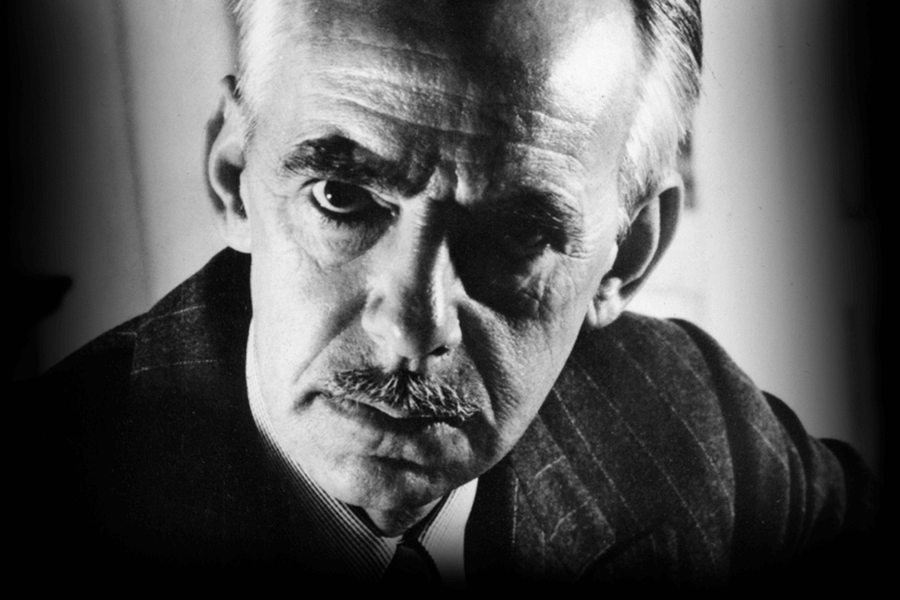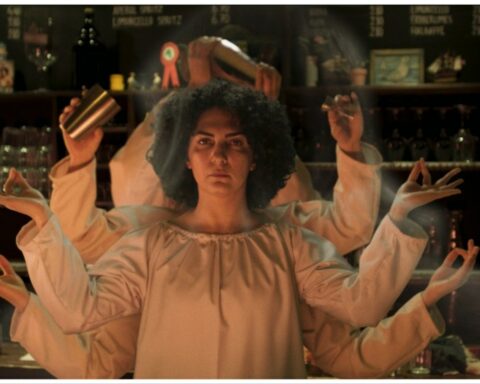Acting is raw and asks everyone who attempts to succeed at it to let go of inhibitions and become someone else, which is an arduous task. Many components make up the core of a great actor, but to truly achieve success within the craft, all players must know how to build an authentic character successfully. A complete, three-dimensional character will thrill audiences and wow critics, allowing all those who partake a chance to get lost in the story.
The Art of Building a Character
Anyone who wants to take acting seriously and take a crack at forming a believable character has to develop a technique instead of relying on imitation. Scripts can only guide actors so far, and taking the time to find depth and truth within a character, which is technically someone we’ve never met, is hugely challenging.
There is no shortage of information and classes within the industry that teaches building a rounded, original, and connected character. Actors should start by asking themselves a string of specific questions while settling into the idea that they are the person within the script or screenplay pages.
In this acting article, we’ll take a closer look.
Establishing the Character
Playing a character on television, stage, or the big screen means knowing that character as well as the actor knows him or herself. Imagine they were to sit down for an interview about their own life, answering questions about where they came from, how they grew up, and trivial details such as favorites foods and teachers. Every single detail an actor knows about their own life, they should know about their characters. This process is half imagination and half research. Begin by studying the script, and then taking in everything possible about the location, politics, fashion, foods, and more from whatever time in history the character hails. From there, use imagination to fill in the blanks and bring the character to life.
Get to Know the Surroundings
Take time to study every aspect of the script or screenplay, and concentrate on where a bulk of the storyline occurs. Humans tend to act differently according to their surroundings. To ensure character authenticity, be sure the character changes when the setting does. For example, a character entering a frozen barn in Michigan in the middle of winter will likely have different mannerisms than one walking Miami’s beaches. Also, a character with a scene in their own home will be more comfortable than one in the home of a stranger or friend they haven’t seen in years. Know where the character is and act accordingly, or else audiences won’t believe it.
Get a Feel for the Place and Time
Not knowing the ins and outs of where and when a character comes from is detrimental to playing them correctly. However, not fully embracing their “now,” or where they are at the time of the script, is even worse. Do they live somewhere hot, muggy, and swampy, or are they from a cool air and zero humidity location? These situations require the character to carry themselves differently, as humans tend to bounce through breezy weather and shuffle through the more scorching, humid days. The study of the script time period is essential. Acting as though we’re from the turn of the century is much different from playing a character from 2020. Mannerisms, lifestyles, politics, and dialogue all differ substantially between centuries or even decades. Knowing the time and place of a character creates a platform to mold and shape them.
Understand Where the Character has Come From
Knowing where a character comes from to bring them to life successfully is both literal and reflective. An actor should know where their character has just come from within a scene, which will heavily affect the mood of said character. A person who has just come from a funeral will have a different overall vibe than one who has just come from a shopping spree. With that said, it’s vital to know where a character has come from as a person. What is their background, and how were they raised? Are they from the city, the suburbs, or a rural area? All of this will affect how the character carries themselves, their attitude, and how they speak to others in the scene.
Know What the Character Wants
Always know what the character wants, whether it’s right at that second or out of life in general. A great actor knows that the character they’re playing intends to order a steak sandwich, and why, during a restaurant scene. They know that the character wants to retire to Florida in 30 years because they’re interested in water aerobics and love hot weather. Knowing what a character wants within any given moment allows actors to make them as authentic as possible. Authenticity is easily picked up on and appreciated by an audience because it will enable them to get lost in the story without a trace of awkwardness.
Identifying Character Obstacles
Every character has an obstacle to overcome. It’s up to the actor playing them to identify that obstacle, absorb it, and understand the plan their character has to overcome it, even when the script fails to specify. By harnessing the emotion that comes with life obstacles, actors can create magic on the screen or stage.
Character Research is Worth the Time
Taking the time to build a character and putting in the training that comes with learning how to do so is never time wasted. Often, it takes formal training to convey the correct emotions to the audience, especially if more than one take is necessary. Hard work, flawless technique, and a great director are all pieces of the puzzle an actor has to put together to build a character successfully. In the end, it’s all about the audience. They should know or see nothing of what has gone on behind the scenes, yet here they are, watching an utterly three-dimensional character that speaks to them, whether it be positively or negatively. At its core, successfully building a character is one of the main components of stellar acting. Without it, there is no substance, and therefore, no movie. Take the time to learn the craft. It’s well worth it.







